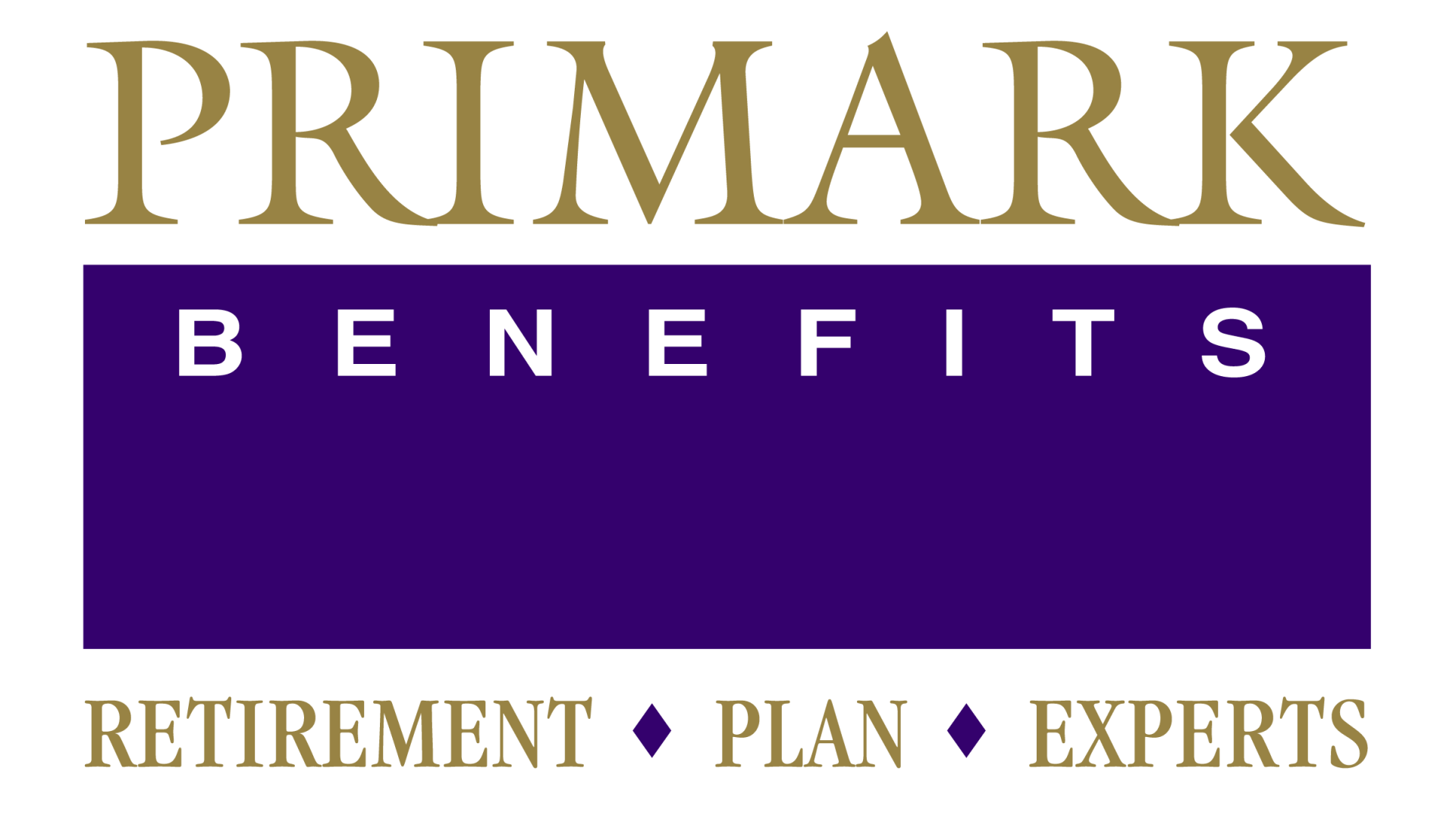Q2 2025 Newsletter
July 11, 2025
At Primark Benefits, we’re committed to helping employers and advisors navigate the complexities of retirement plans with clarity and confidence. This quarter, we’ve published a range of new articles designed to inform, debunk misconceptions, and highlight opportunities—especially those that can still make a difference for 2024. Next quarter, we'll be continuing our "Retirement Plan Myths Busting" Series and featuring a new case study showing how smart plan design solved a tricky compliance issue.

Here's What You Need to Know
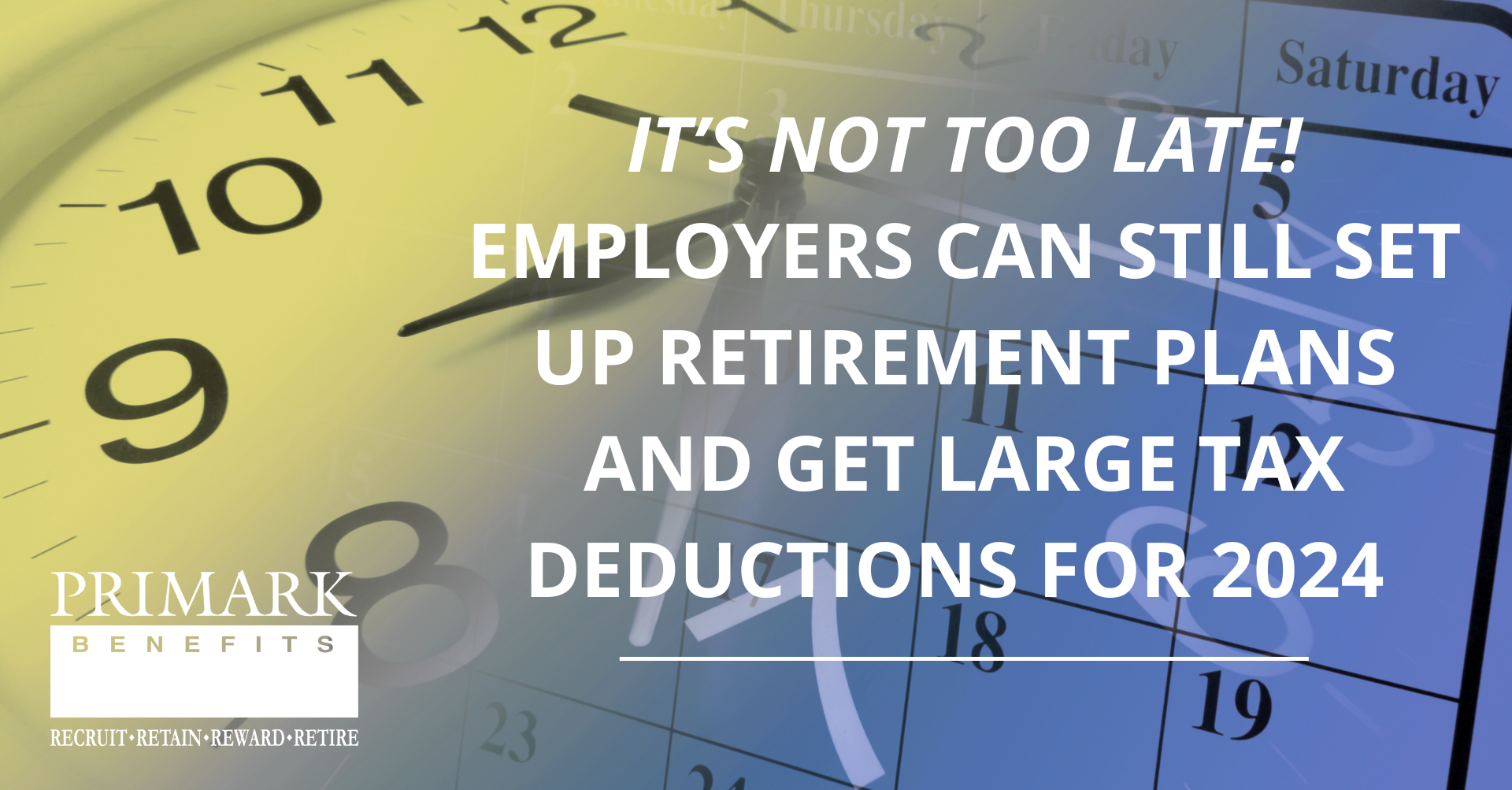
It’s Not Too Late! Employers Can Still Set Up Retirement Plans and Get Large Tax Deductions for 2024
Recent changes in tax law have expanded the flexibility employers have when it comes to establishing and funding retirement plans. If you haven’t yet set up a retirement plan for 2024, we have good news: it might not be too late!
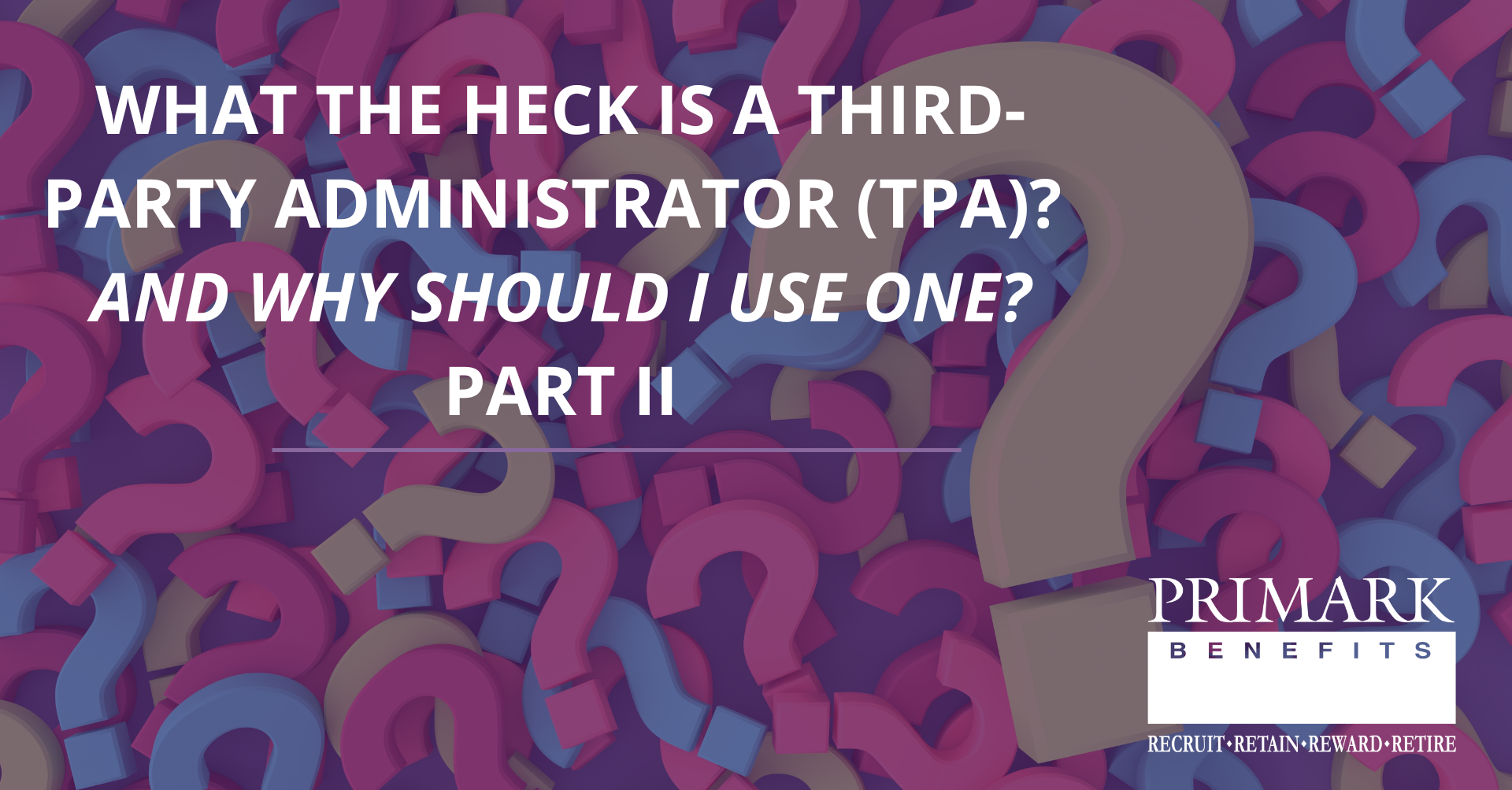
When most people think about retirement plans and pensions, what comes to mind are the big-name players: government systems, large corporations, and the financial institutions that support them such as banks, brokers, and investment firms. These organizations tend to be the visible “faces” of retirement savings, managing assets, issuing account statements, and promoting their expertise through marketing and media. But behind the scenes, there’s another essential player who often goes unnoticed: the Third-Party Administrator, or TPA. In a previous post, we explored how TPAs have emerged to meet vital client needs that large investment firms often overlook, such as tailored plan design, compliance, and personalized service. If you missed that article, click here to read it before diving into today’s topics: The risks of relying solely on asset-driven providers, and why personalized plan administration still matters.
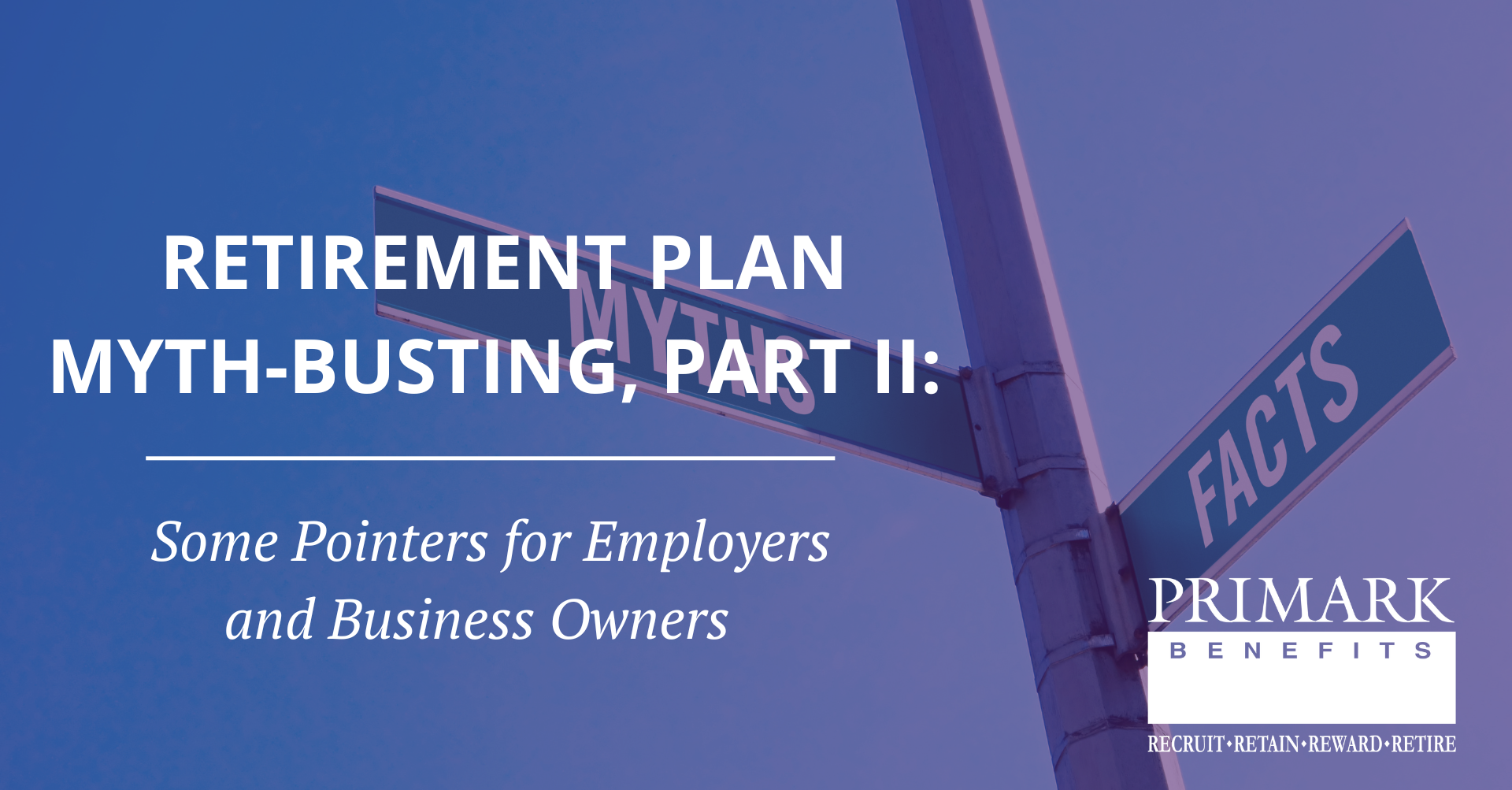
Navigating the numerous retirement plans offered in the marketplace can be confusing, even before considering the many myths surrounding the topic. In our work with clients, we hear about these misconceptions that often steer employers in the wrong direction. In this second installment of an ongoing “myth-buster” blog series, we address three more of the most common retirement plan myths that we hear. For our first installment, click here .
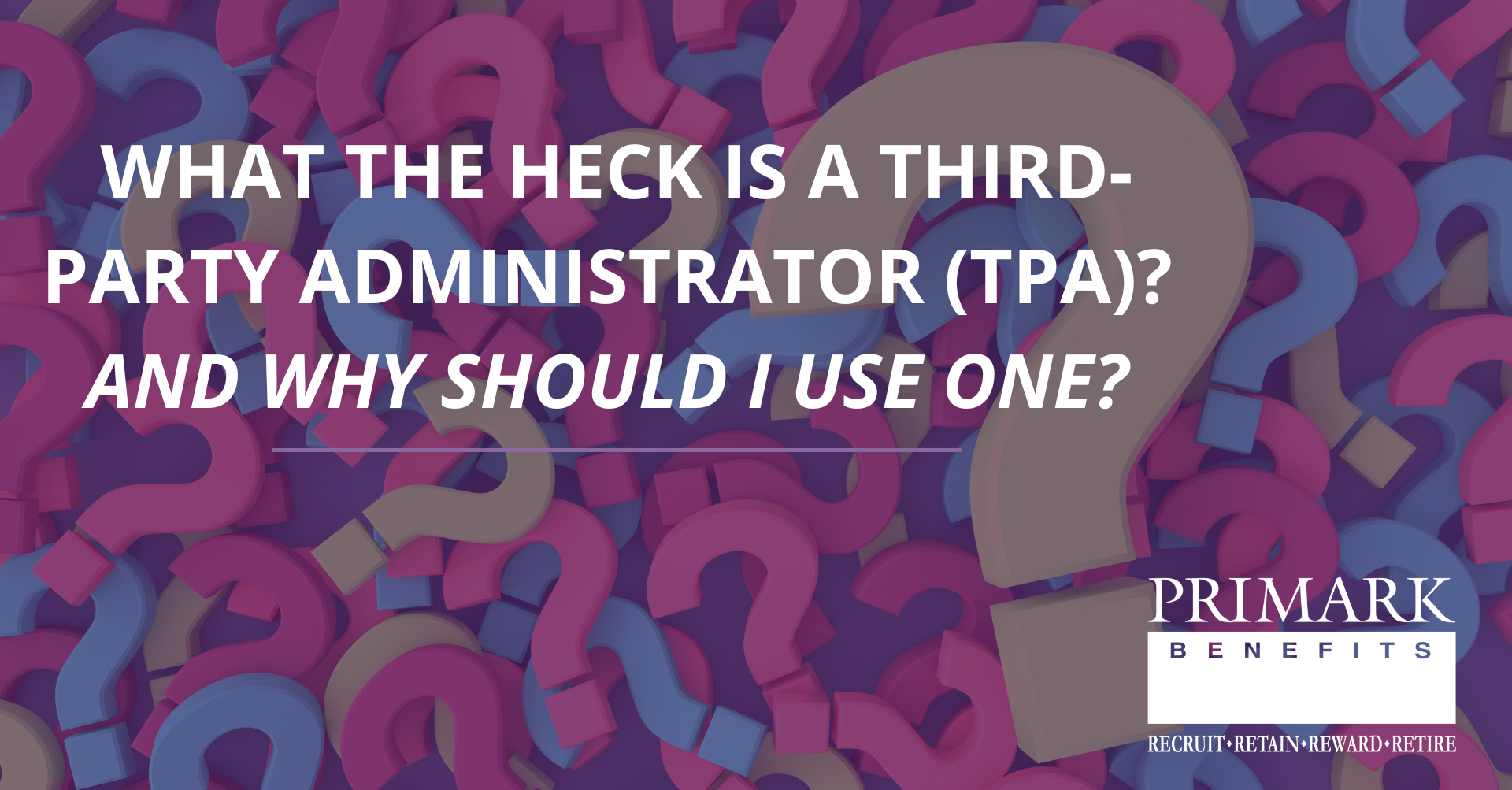
Part I: A Brief History of TPAs When discussing retirement plans and pensions, many people immediately think of public sector entities and large corporations and the financial institutions that support them, such as banks, brokers, and investment firms. These entities tend to appear as the visible “faces” of retirement savings: managing assets, issuing account statements, even airing commercials touting their investment expertise. But what many folks don’t realize is that there's another key player behind the scenes: an entity called a Third-Party Administrator, or TPA. In today’s post, we explore the history of the Third-Party Administrator, beginning with the rise of retirement plans in the U.S.
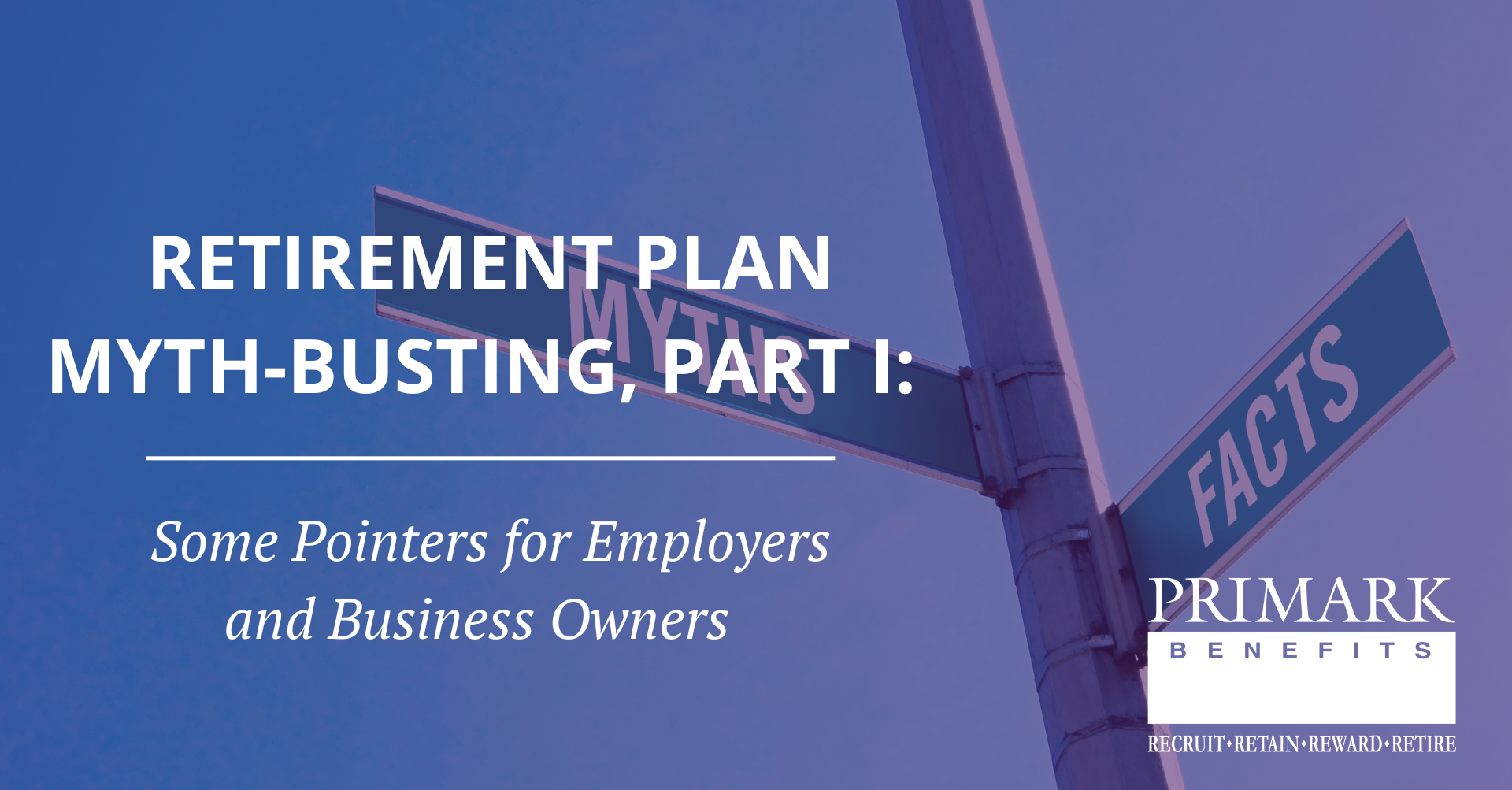
Navigating the numerous retirement plans offered in the marketplace can be confusing, even before considering the many myths surrounding the topic. In our work with clients, we hear about these misconceptions that often steer employers in the wrong direction. In this first installment of an ongoing “myth-buster” blog series, we address three of the most common retirement plan myths that we hear.

As we approach the end of the year, it’s time for employers, plan sponsors, and participants to review the new retirement plan limits for 2026. Each year, the IRS updates the thresholds for contributions, compensation, and catch-up amounts to account for inflation and statutory changes. Staying on top of these numbers is critical for plan compliance, participant communications, and overall retirement strategy.
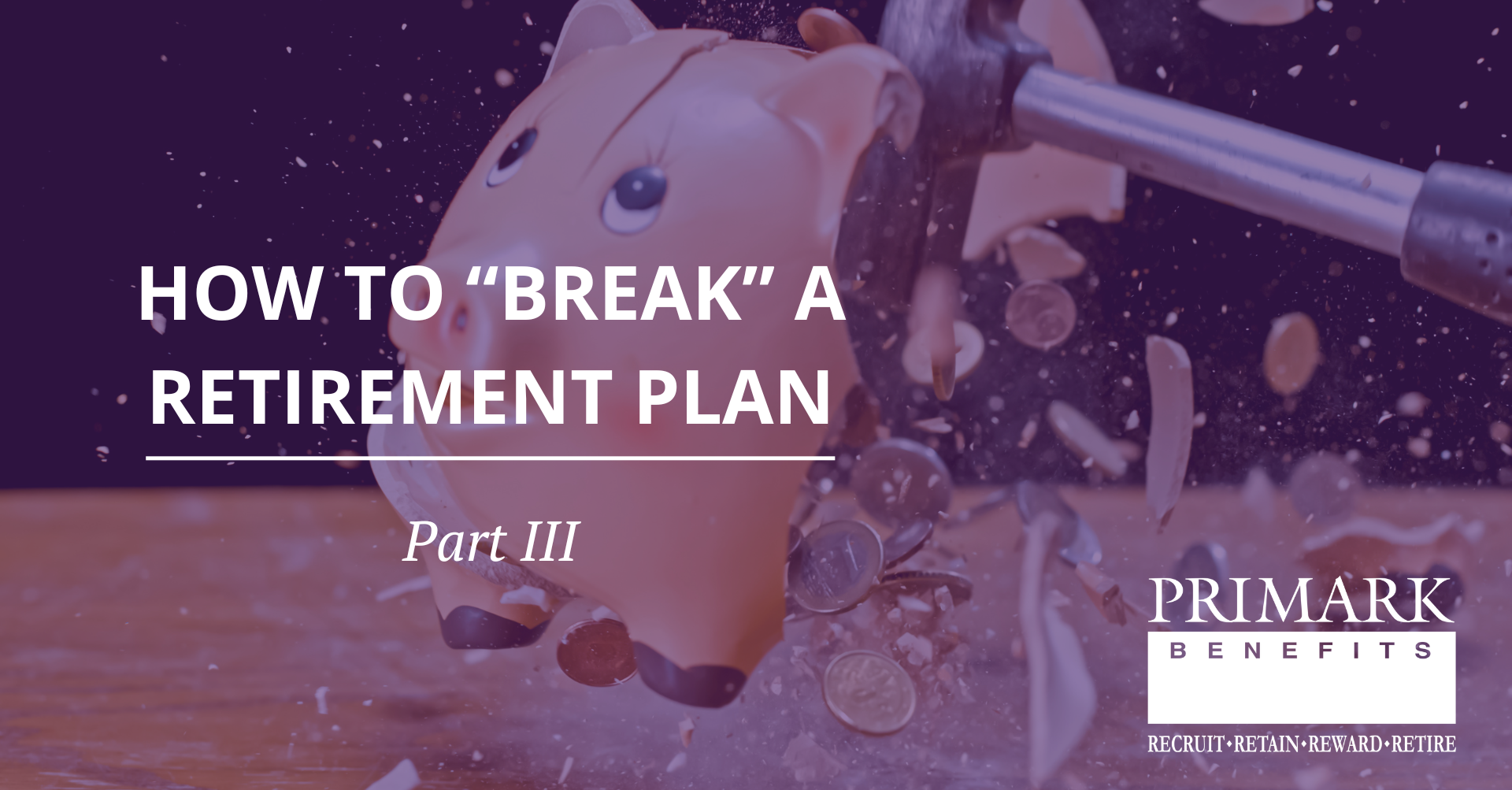
Welcome back to our series, How to “Break” a Retirement Plan” In Part I , we examined structural mistakes—the foundational missteps in plan design, contribution handling, and payroll processes that can quietly set a plan on the wrong path. Part II focused on operational blind spots, showing how day-to-day execution errors, from auto-enrollment missteps to mishandling former employees’ accounts, can derail even a well-designed plan. Now, in Part III, we turn our attention to what happens when the IRS takes a closer look. When a retirement plan is audited, the IRS isn’t searching for obscure loopholes; it’s looking for a familiar set of recurring problems. These are the same types of errors that often start small but can grow into significant compliance issues. Understanding where auditors tend to focus can help plan sponsors stay ahead of “issues” before they become “findings”.
